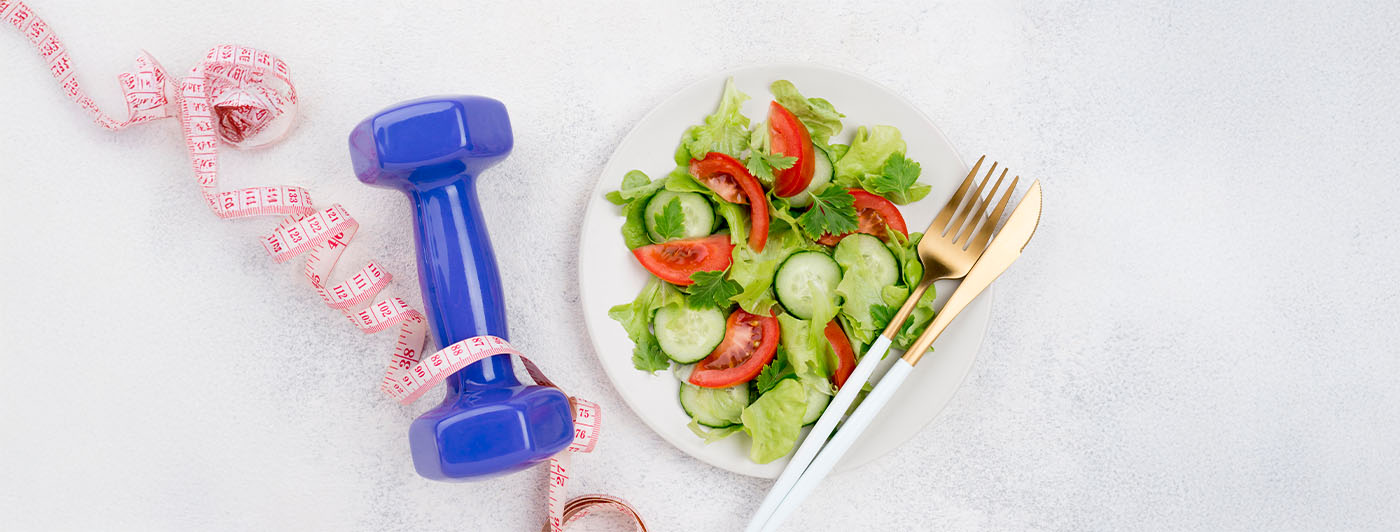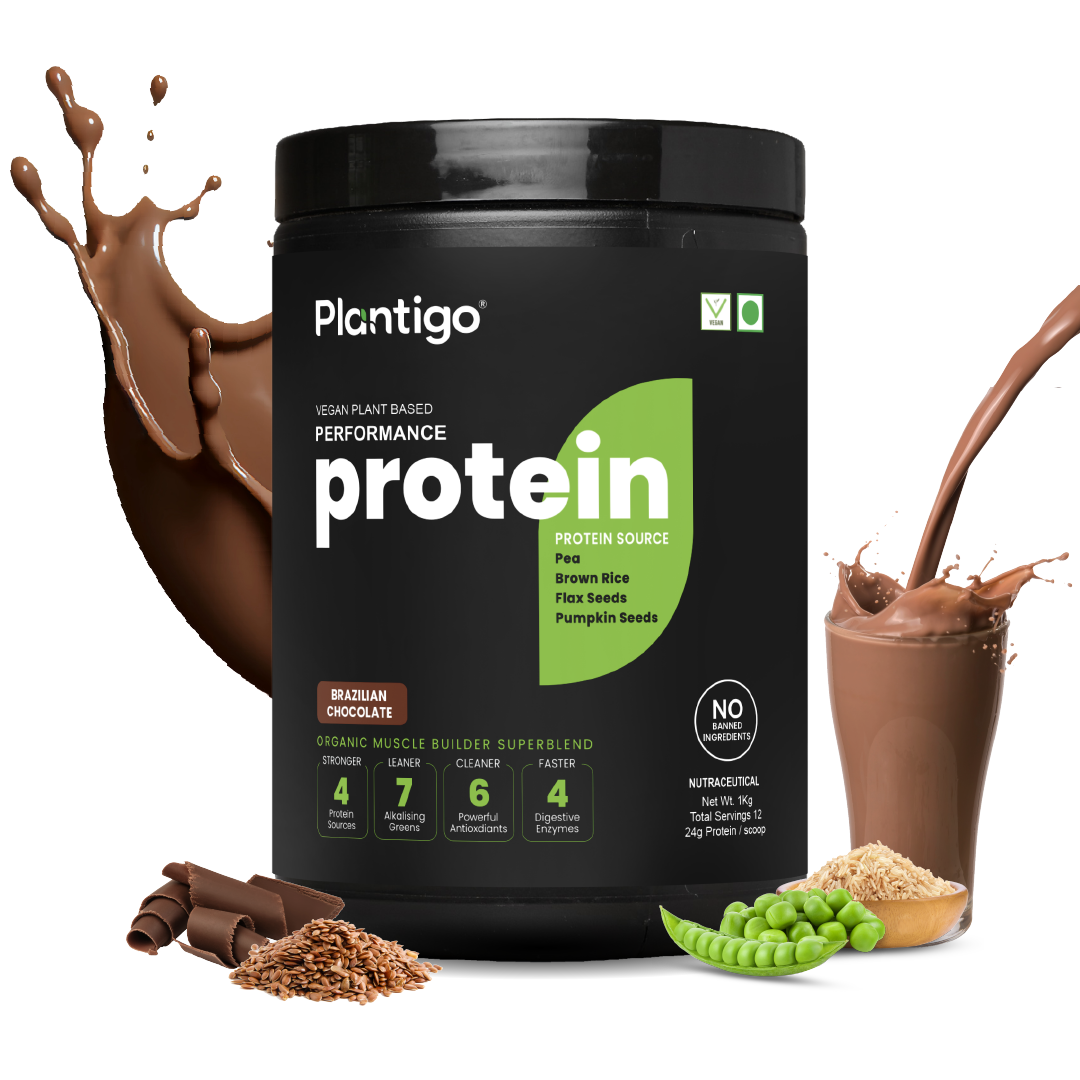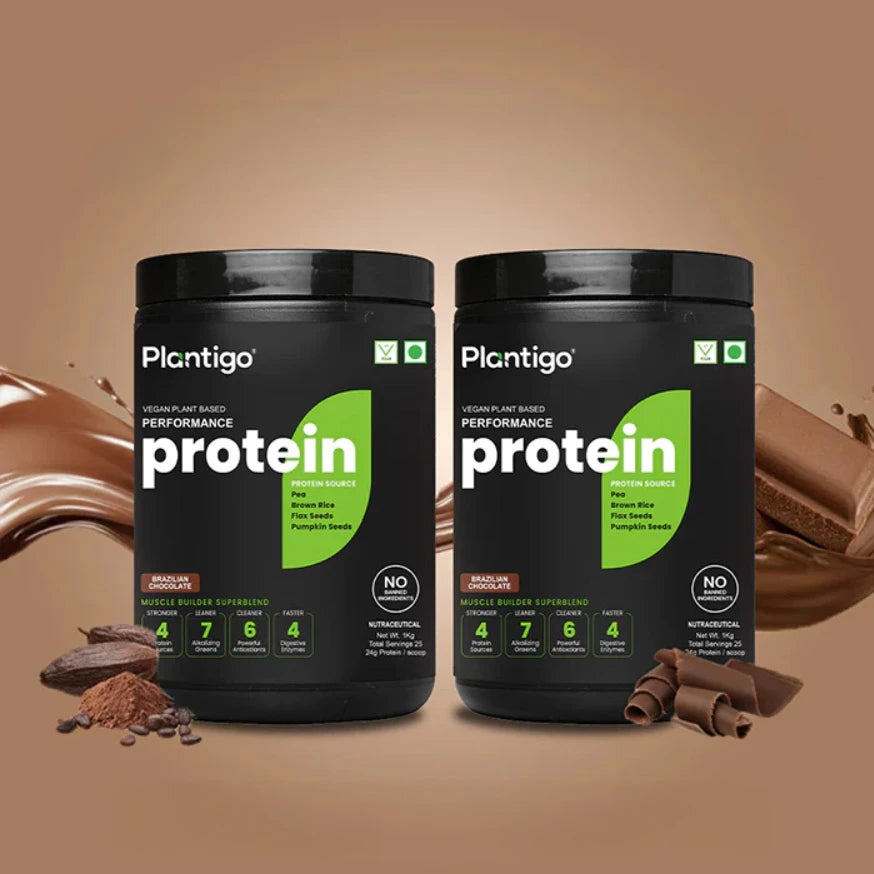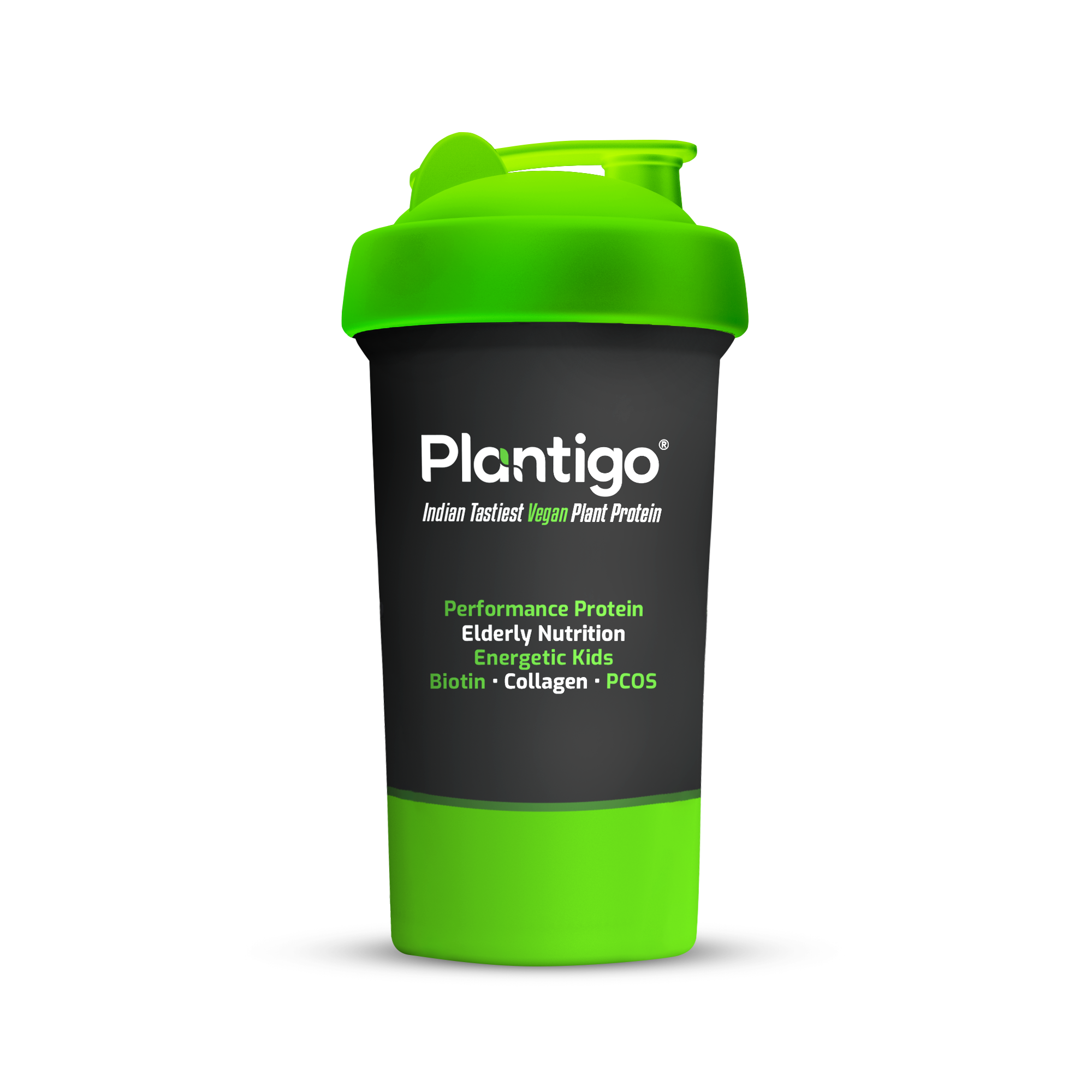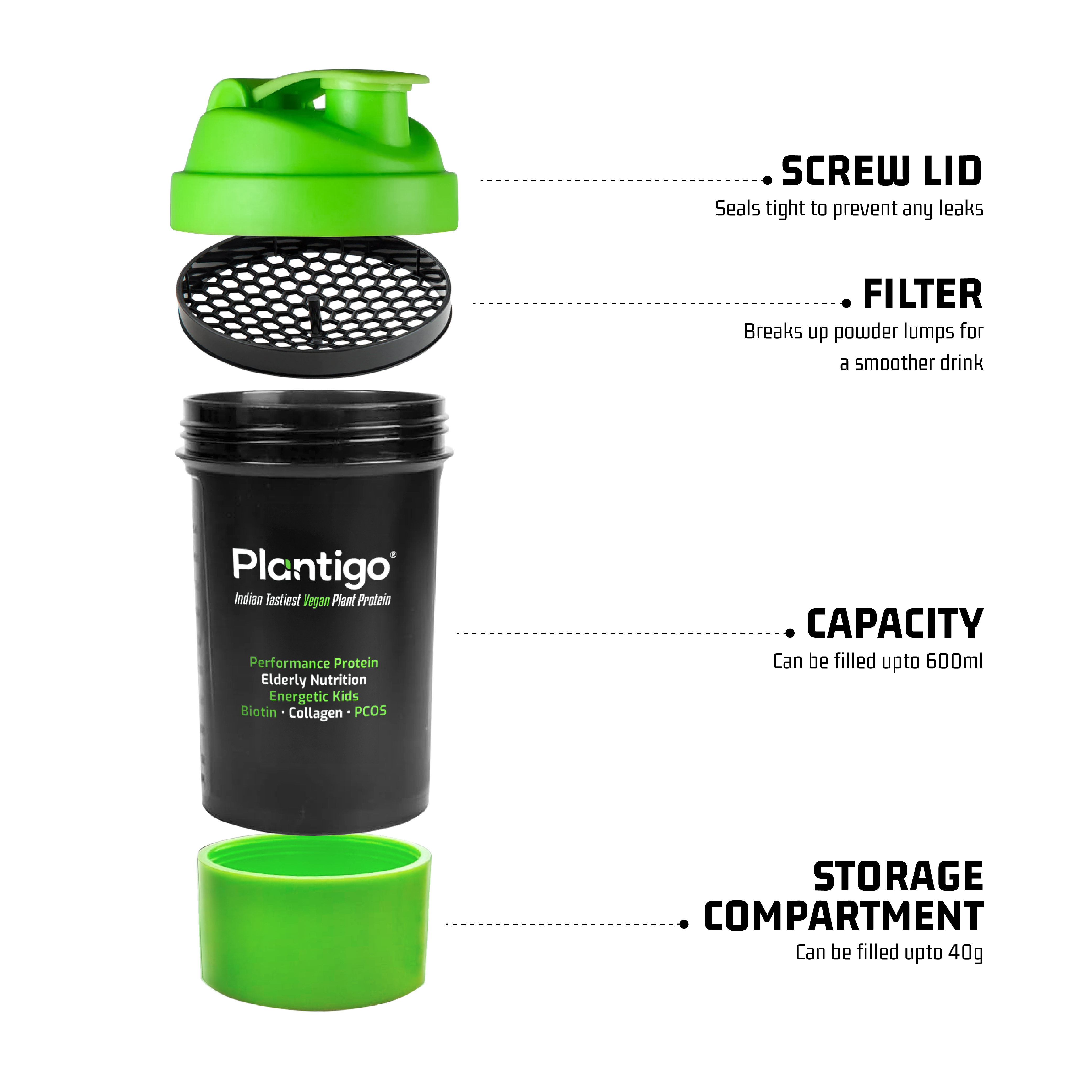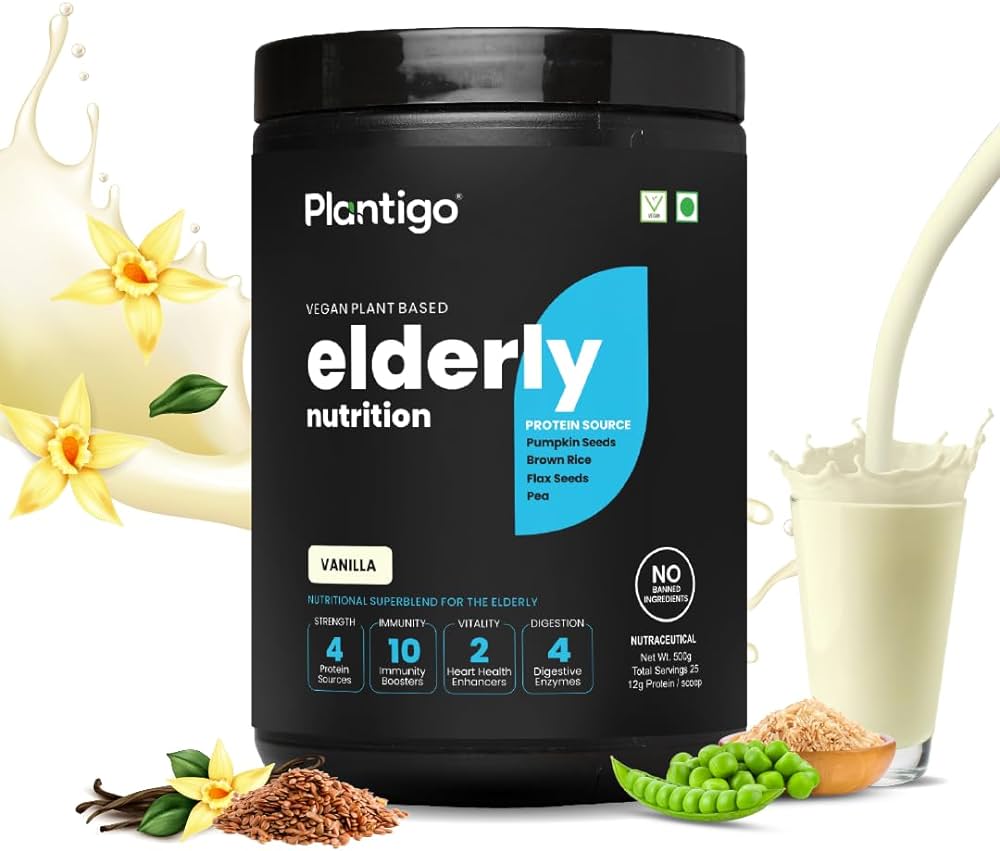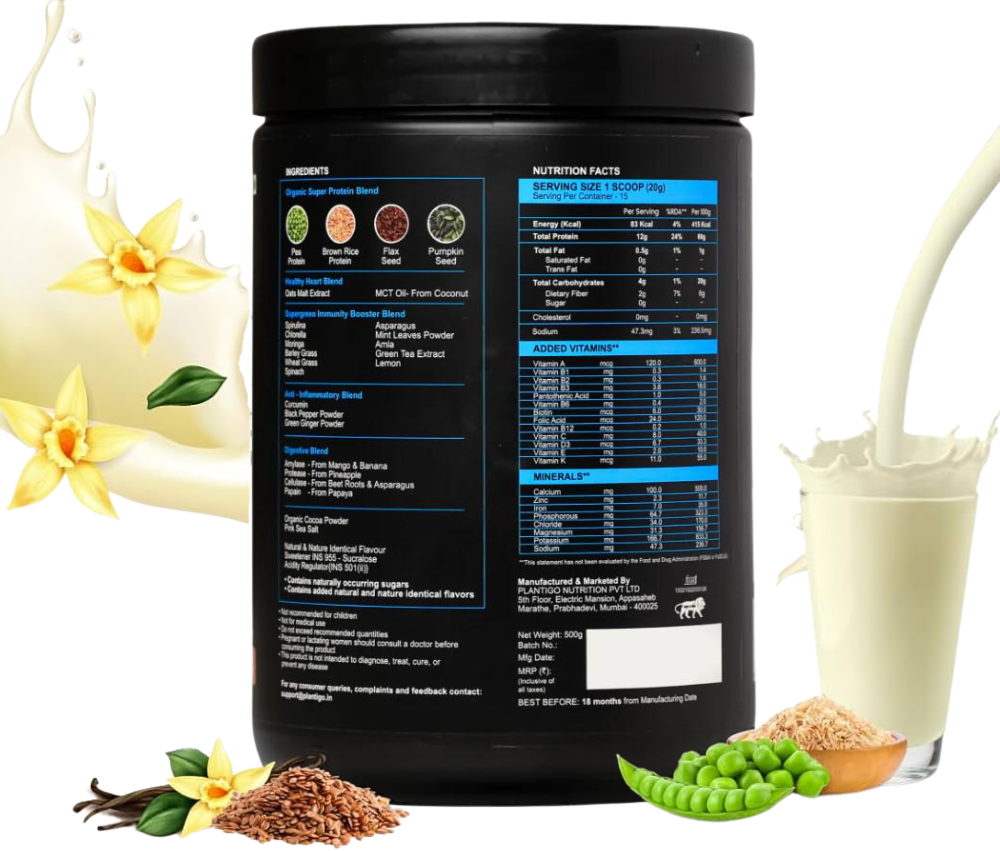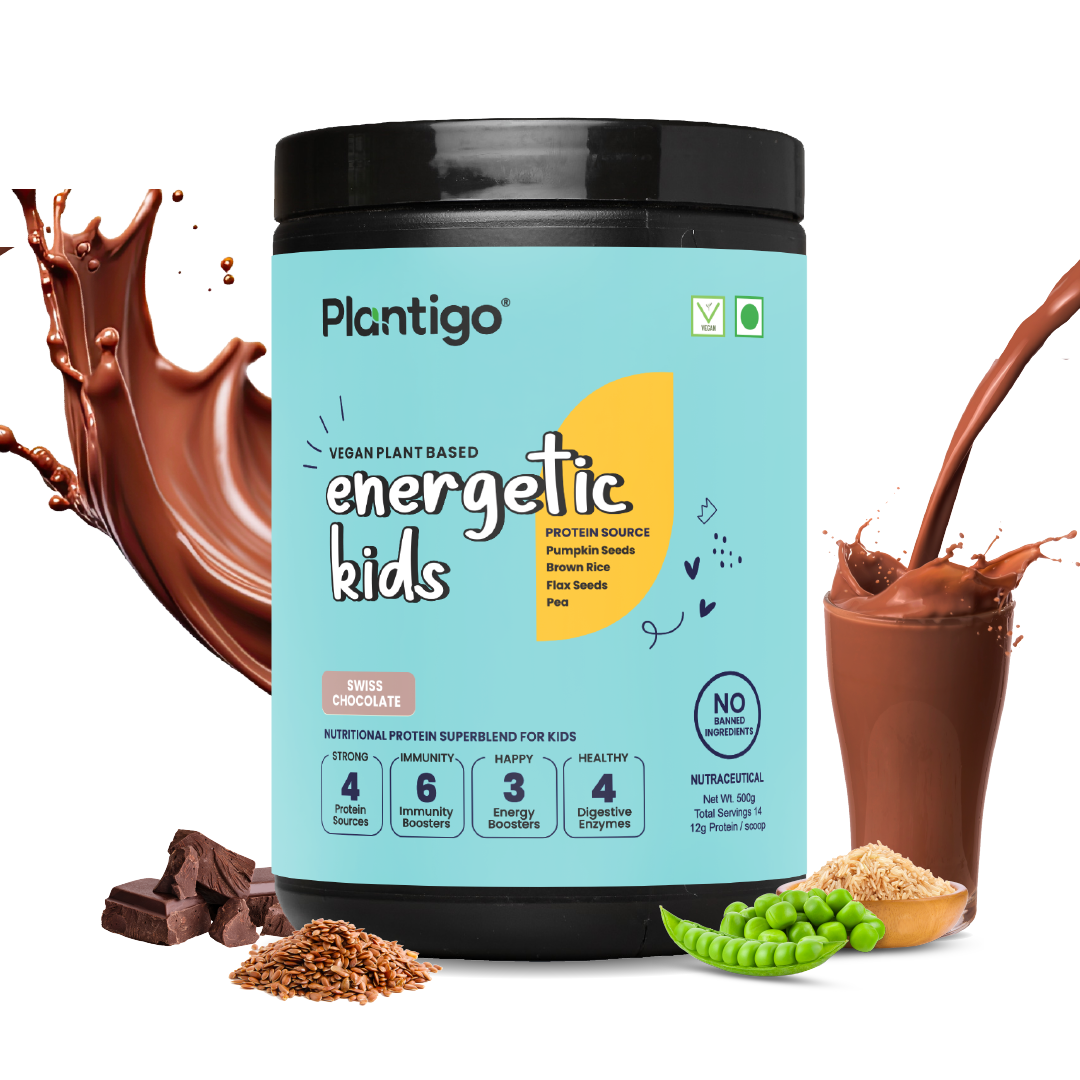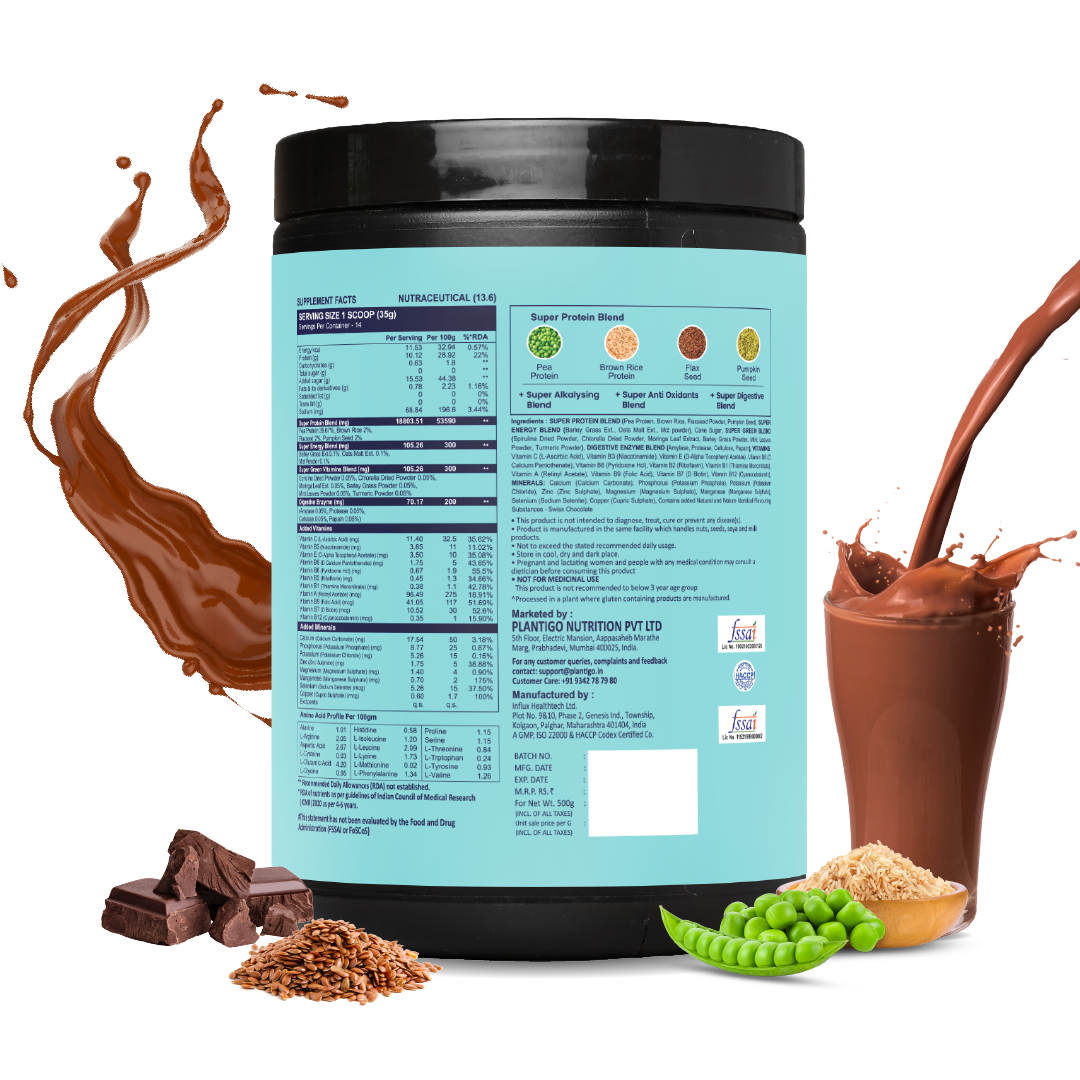Imagine looking in the mirror and seeing a leaner, stronger, more defined body — without starving yourself, giving up delicious meals, or living in the gym. That’s the power of a smart body recomposition diet: you don’t just lose weight, you change what your weight is made of.
A body recomposition diet is the smart way to achieve what most fitness plans can’t: losing fat and gaining muscle at the same time. Instead of endless yo-yo dieting or drastic bulking and cutting phases, this approach helps you reshape your body from the inside out — for good. By combining balanced training with the right mix of whole foods and high-quality plant protein sources, you can steadily transform your physique and boost your confidence.
But how does a body recomposition diet actually work, and what should you eat to make it truly effective? Here’s everything you need to know.
What Makes a Body Recomposition Diet Different?
A body recomposition diet shifts your focus from the number on the scale to what that number is made of — your ratio of fat mass to lean muscle mass. The goal isn’t just weight loss but to replace fat with muscle, which helps your metabolism work better even when you’re resting.
Muscle tissue burns more calories than fat does, so adding lean muscle means you’ll naturally burn more energy throughout the day. This is why a body recomposition diet is not only about eating less but about eating smarter.
In fact, research shows that increasing lean muscle mass boosts your resting metabolic rate, helping you burn more calories even when you’re not working out.
How a Body Recomposition Diet Works
The key to a successful body recomposition diet is to combine three factors: a slight calorie deficit, enough high-quality protein, and consistent strength training. Unlike extreme diets that slash calories and risk muscle loss, this balanced approach helps protect and build muscle while burning fat.
Getting enough protein is critical. If you’re wondering how much protein is needed per day to build muscle, a general guideline is 1.6 to 2.2 grams of protein per kilogram of body weight each day. So, a person weighing 70 kg would aim for about 110–150 grams of protein daily, spread throughout meals.
What to Eat on a Body Recomposition Diet
A strong body recomposition diet starts with nutrient-dense, protein-rich foods. The good news is, you don’t need to rely on animal sources alone. A wide variety of plant-based ingredients can help you meet your goals.

Kidney beans protein is a solid choice — one cup offers about 15 grams of protein, plus fiber and iron. Similarly, the protein in chana (chickpeas) is excellent for adding bulk and nutrition to salads, stews, or hummus.
Adding moong (mung beans) is another smart move; they’re easy to digest, high in antioxidants, and versatile enough for curries or sprouts.
When you’re short on time, a scoop of plant based protein powder can help you meet your daily intake. Many experts believe that the best plant based protein combines several sources, like pea, hemp, and brown rice, to deliver all essential amino acids.
Micronutrients and Recovery
A successful body recomposition diet isn’t just about protein, carbs, and fats. Vitamins and minerals play an important role too. For example, adding vitamin D foods for hair growth like fortified plant milks, mushrooms, or cereals can help fill common gaps, especially if you spend limited time outdoors.
Balanced nutrition supports your immune system, bone health, and muscle recovery, so be sure to eat a wide range of colorful vegetables, whole grains, seeds, and nuts.
Sample Day on a Body Recomposition Diet
Here’s what a day of eating could look like when you’re following a body recomposition diet:
-
Breakfast: Overnight oats made with chia seeds, almond butter, and a scoop of plant based protein powder.
-
Mid-Morning Snack: A smoothie with berries, spinach, and a 1 banana protein blend to help replenish glycogen after training.
-
Lunch: Chickpea quinoa salad loaded with vegetables — that’s your protein in chana meal.
-
Snack: Roasted moong with light spices for crunch and extra plant protein.
-
Dinner: Stir-fried vegetables with tofu and kidney beans protein, served with brown rice or whole grain roti.
-
Post-Workout: A shake with the best plant based protein if you need an easy, quick boost.
-
Meals like these not only help you hit your protein target but also keep your diet interesting and satisfying.
Training for Body Recomposition
No body recomposition diet works in isolation. Resistance training is the backbone of building muscle and shaping your body. Focus on compound movements like squats, deadlifts, rows, and bench presses that work multiple muscle groups at once.
Train at least three times a week and aim to lift progressively heavier over time. Some cardio is helpful for overall fitness and fat loss, but too much can interfere with muscle growth. Keep it moderate and make strength training your priority.
Research supports this balanced approach — combining resistance training with a slight calorie deficit is shown to be the most effective strategy for reducing fat while preserving or gaining muscle mass.
Common Pitfalls to Avoid
When starting a body recomposition diet, many people hit roadblocks that slow their progress. Here are a few to watch out for:
-
Cutting too many calories: A large deficit can cause muscle loss. A mild 10–20% reduction is enough.
-
Skipping protein: Without enough, your body has no building blocks for muscle. Use diverse sources, from kidney beans protein and moong to plant based protein powder.
-
Not lifting heavy enough: Without progressive overload, you won’t send your body the signal to grow muscle.
-
Obsessing over the scale: Muscle weighs more than fat by volume. Focus on measurements, how your clothes fit, and how strong you feel.
The Power of Plant Protein for Recomposition
More people are discovering that a mostly plant-based body recomposition diet works beautifully when planned well. Diverse plant sources like lentils, beans, chickpeas, quinoa, and seeds can provide all the protein you need.
Combining different sources ensures you’re getting all essential amino acids. For instance, a bowl of brown rice with kidney beans protein is a complete, satisfying meal.
And when life gets busy, blending up a quick smoothie with 1 banana protein and the best plant based protein powder makes it simple to stay on track.
Why Consistency Wins
One reason a body recomposition diet is so effective is that it’s sustainable. There are no drastic rules — just smart, steady habits: planning your meals, tracking your protein, lifting with intention, and getting enough sleep to help your muscles recover.
Even small tweaks make a big difference over time. Adding moong to salads, snacking on roasted chickpeas for that extra protein in chana, or fortifying your diet with vitamin D foods for hair growth keeps your body nourished and your hair, skin, and nails healthy too.
Final Thoughts
A body recomposition diet is not a quick fix — it’s a sustainable, science-backed approach that builds a leaner, stronger body you can maintain for life. By prioritizing enough protein — from whole foods and quality plant protein sources — training consistently, and staying patient, you’ll start to see real changes in your shape, strength, and energy.
So take action today: plan your meals, stock up on staples like kidney beans protein, moong, and protein in chana, and keep a trusted plant based protein powder on hand for busy days. Be intentional with every workout, nourish your body with the right fuel, and watch how your commitment compounds over time.
Ready to see what’s possible when you stop dieting and start transforming? Begin your body recomposition diet this week — stick with it, trust the process, and become the strongest, healthiest version of yourself. You’ve got this!
Frequently Asked Questions
1. What should I eat during body recomp?
During a body recomposition diet, focus on nutrient-dense foods that balance protein, healthy fats, and complex carbs. Include lean proteins, diverse plant protein sources like beans, chickpeas, moong, and lentils, plus vegetables, whole grains, seeds, and nuts. This approach helps you lose fat and build muscle at the same time.
2. How long does it take to body recomposition?
How long a body recomposition diet takes depends on your starting point, consistency, and training intensity. Most people notice visible changes in body fat and muscle tone within 3 to 6 months if they follow a structured plan, eat enough protein, and strength train regularly.
3. How much protein for recomp?
In a typical body recomposition diet, aim for 1.6 to 2.2 grams of protein per kilogram of body weight each day. This range supports muscle retention and growth while you lose fat. Combining whole foods with high-quality plant protein powder makes hitting this goal easier.
4. Is rice good for body recomposition?
Yes, rice can fit into a body recomposition diet when combined with enough protein and fiber. Brown rice or other whole grain rice varieties provide complex carbs for energy, and pairing rice with plant protein sources like kidney beans or lentils creates balanced, muscle-friendly meals.
5. What are the rules for body recomp?
The main rules for an effective body recomposition diet are: maintain a slight calorie deficit, eat plenty of protein, lift weights consistently with progressive overload, allow time for recovery and sleep, and measure progress with strength and body measurements instead of focusing only on weight.

